Hubert, T., Mehta, R., Sartran, L. et al. Olympiad-level formal mathematical reasoning with reinforcement learning. Nature (2025). https://doi.org/10.1038/s41586-025-09833-y.


Hubert, T., Mehta, R., Sartran, L. et al. Olympiad-level formal mathematical reasoning with reinforcement learning. Nature (2025). https://doi.org/10.1038/s41586-025-09833-y.

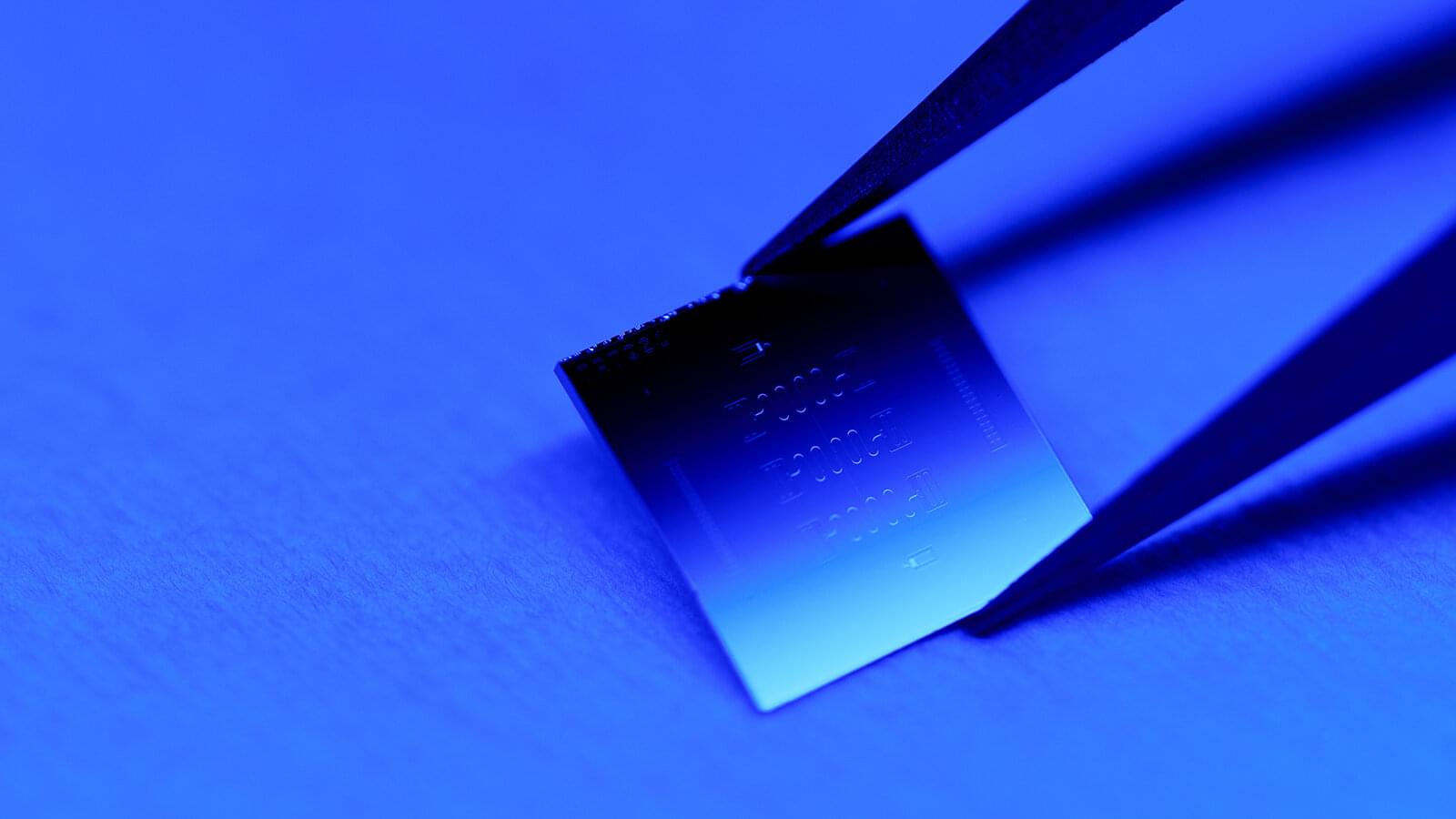
In a major step toward practical quantum computers, Princeton engineers have built a superconducting qubit that lasts three times longer than today’s best versions.
“The real challenge, the thing that stops us from having useful quantum computers today, is that you build a qubit and the information just doesn’t last very long,” said Andrew Houck, Princeton’s dean of engineering and co-principal investigator. “This is the next big jump forward.”
In an article in the journal Nature, the Princeton team report that their new qubit lasts for over 1 millisecond. This is three times longer than the best ever reported in a lab setting, and nearly 15 times longer than the industry standard for large-scale processors.
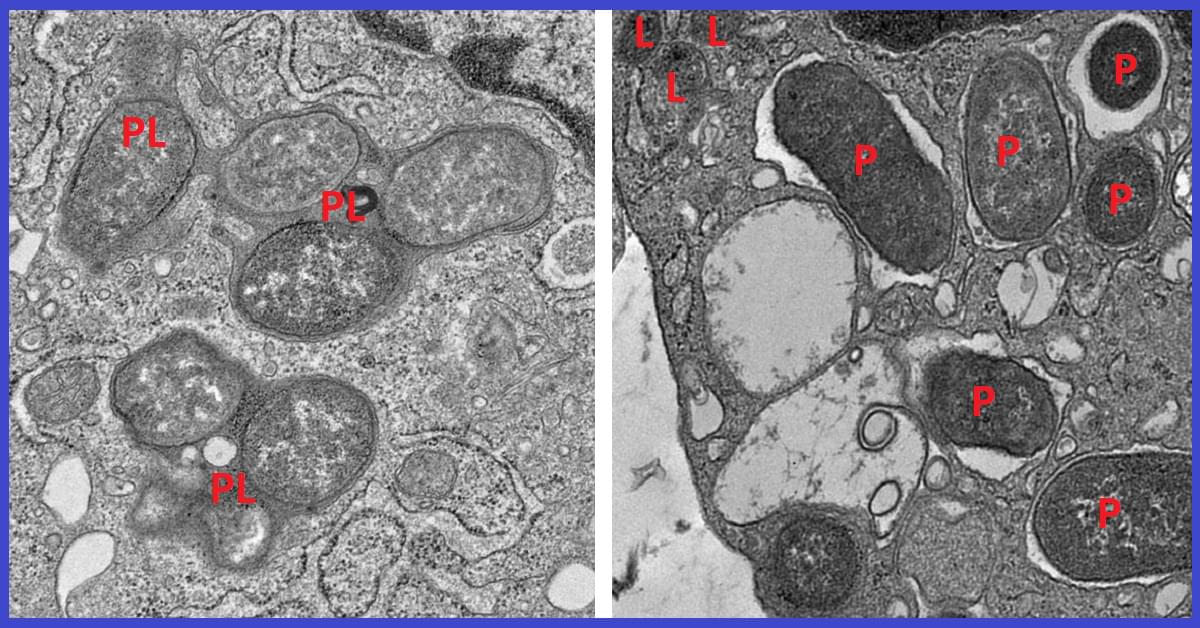
#EverythingSpace #Universe.
Nobel Winners Just Proved the Universe Is Quantum — 2025 Physics Prize Explained.
In this episode of Everything Space, we break down the groundbreaking discoveries that earned this year’s Nobel Prize, and what they mean for the way we understand reality itself. From experiments that challenge Einstein’s idea of locality, to the mysterious phenomenon of quantum entanglement, these results show that the universe behaves in ways once thought impossible.
We’ll explore how scientists finally confirmed that particles can influence each other across vast distances — instantaneously — and why this discovery reshapes our understanding of space, time, and the very nature of existence.
Join us as we unravel the science behind the Nobel-winning breakthrough that proves the universe isn’t just strange — it’s quantum.
#QuantumUniverse #Physics2025 #NobelPrize #EverythingSpace #SpaceMysteries.
Get a Wonderful Person Tee: https://teespring.com/stores/whatdamath.
More cool designs are on Amazon: https://amzn.to/3wDGy2i.
Alternatively, PayPal donations can be sent here: http://paypal.me/whatdamath.
Hello and welcome! My name is Anton and in this video, we will talk about an invention of a DNA bio computer.
Links:
https://www.nature.com/articles/s41586-023-06484-9
https://www.washington.edu/news/2016/04/07/uw-team-stores-di…perfectly/
Other videos:
https://youtu.be/x3jiY8rZAZs.
https://youtu.be/JGWbVENukKc.
#dna #biocomputer #genetics.
0:00 Quantum computer hype.
0:50 Biocomputers?
1:55 Original DNA computers from decades ago.
3:10 Problems with this idea.
3:50 New advances.
5:35 First breakthrough — DNA circuit.
7:30 Huge potential…maybe.
Support this channel on Patreon to help me make this a full time job:
https://www.patreon.com/whatdamath.
Bitcoin/Ethereum to spare? Donate them here to help this channel grow!
bc1qnkl3nk0zt7w0xzrgur9pnkcduj7a3xxllcn7d4
or ETH: 0x60f088B10b03115405d313f964BeA93eF0Bd3DbF
Space Engine is available for free here: http://spaceengine.org.
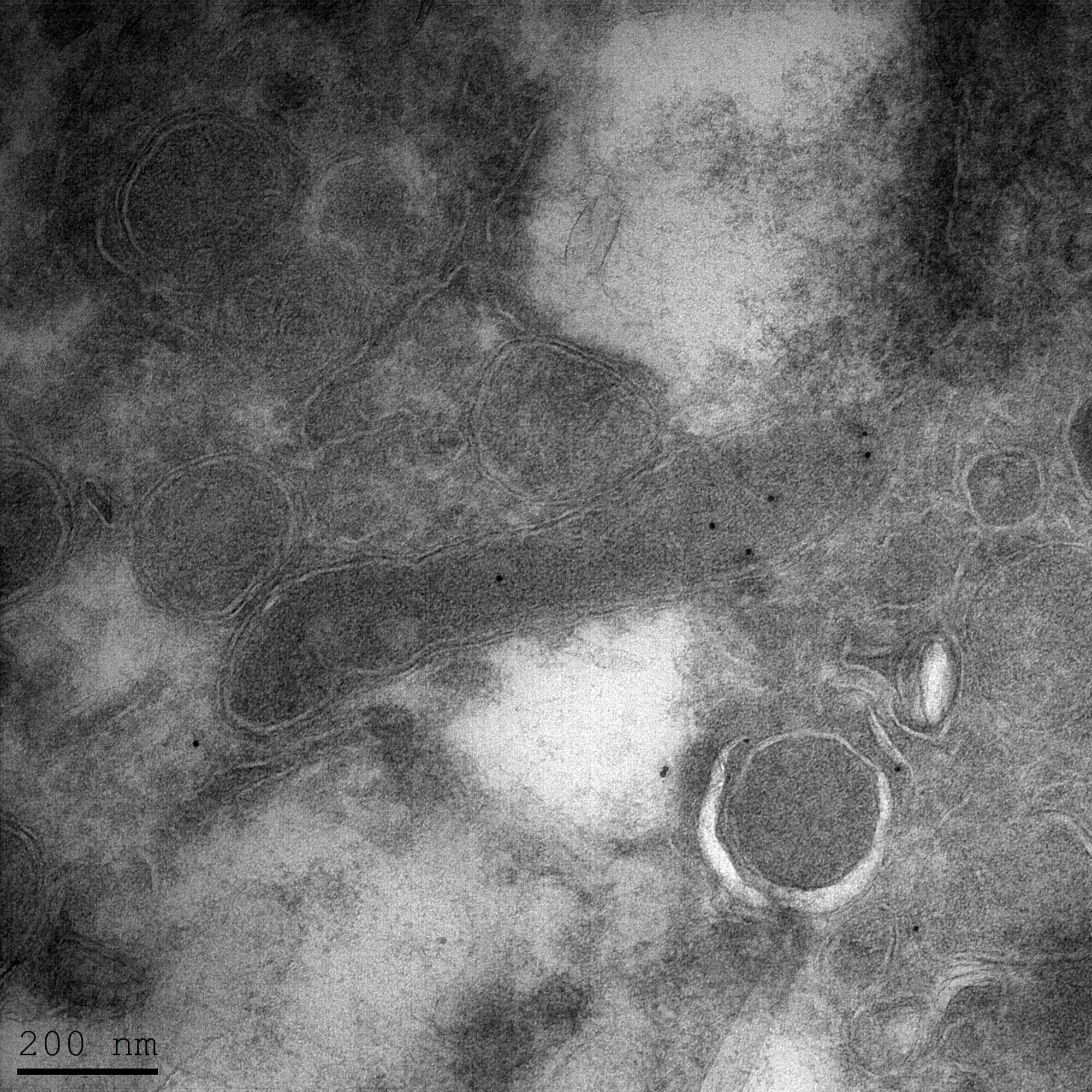
Newly published research in the peer-reviewed journal Nature Cancer suggests that bacteria inside brain tumors may play a far more active role in how cancers grow, spread and respond to treatment than previously understood, according to Prof. Ravid Straussman of the Weizmann Institute of Science.
For years, scientists considered tumors as places where bacteria didn’t grow.
If this problem persists, please email us at support AT timesofisrael.com.
Be sure to include in your email the following details:
Your IP 2600:3c00::f03c:92ff: fe29:18d2.
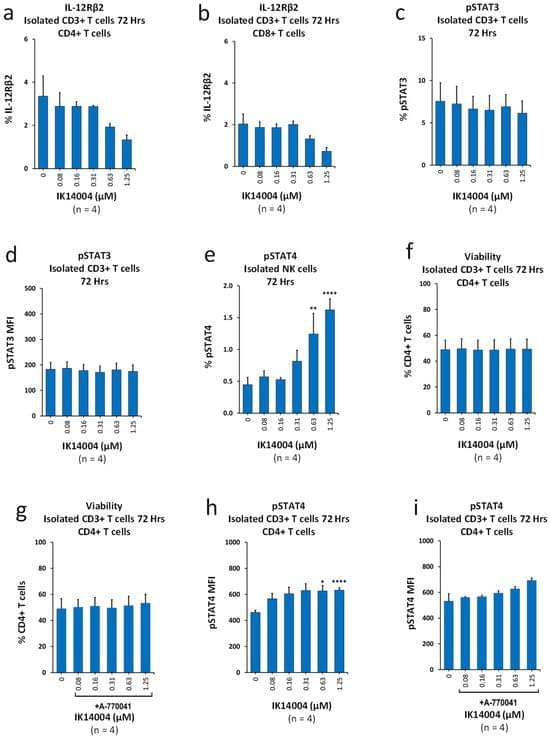
Background: Immune checkpoint inhibitor therapy in patients with lung cancer and metastatic melanoma is associated with exacerbation of autoimmune-related diseases. The efficacy of treatment targeting the programmed cell death receptor-1 (PD-1) checkpoint relies upon a feedback loop between interferon gamma (IFN-γ) and the interleukin-12 isoform, IL-12p40. Paradoxically, both cytokines and the anti-PD-1 antibody worsen psoriasis. We previously reported an immunomodulating peptide, designated IK14004, that inhibits progression of Lewis lung cancer in mice yet uncouples IFN-γ from IL-12p40 production in human immune cells. Methods: Immune cells obtained from healthy donors were exposed to IK14004 in vitro to further characterise the signalling pathways affected by this peptide.
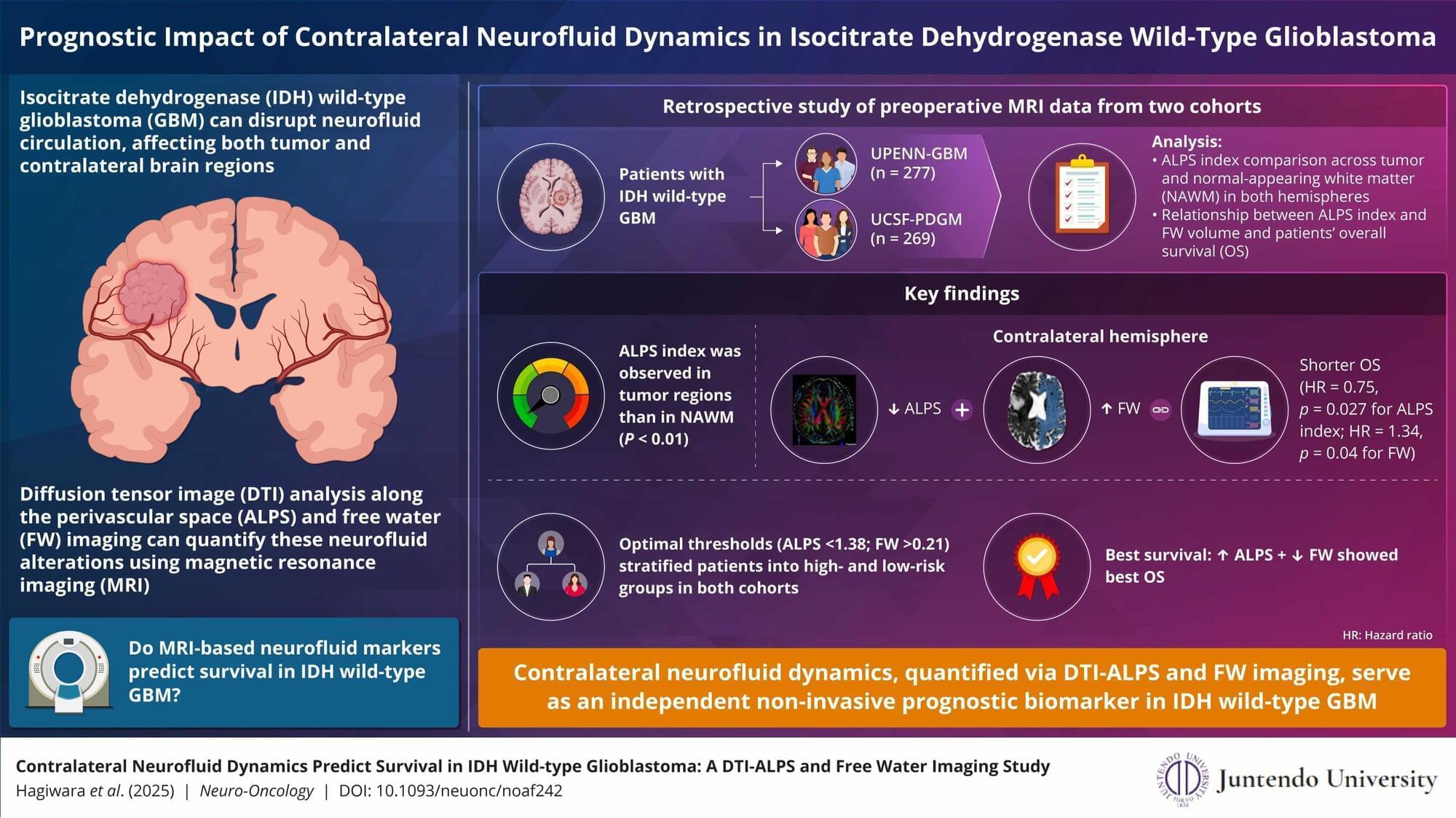
Glioblastoma—the most aggressive form of brain cancer—remains one of medicine’s biggest challenges. Despite surgery, radiotherapy, and chemotherapy, most patients survive only about a year after diagnosis.
However, a new discovery might change how doctors understand and monitor this deadly disease. Specifically, the study focused on isocitrate dehydrogenase (IDH) wild-type glioblastoma, the most common and rapidly growing form of the tumor, known for its poor prognosis and limited treatment options.
In a study published in Neuro-Oncology, researchers found that brain regions far away from the tumor—known as the contralateral hemisphere (the side opposite to tumor)—can reveal vital clues about a patient’s survival in IDH wild-type glioblastoma.

We discuss the atomic structure of cobalt ferrite nanoparticles doped with Mn via an analysis based on combining atomic pair distribution functions with high energy X-ray diffraction and high-resolution transmission electron microscopy measurements. Cobalt ferrite nanoparticles are promising materials for metal–air battery applications. Cobalt ferrites, however, generally show poor electronic conductivity at ambient temperatures, which limits their bifunctional catalytic performance in oxygen electrocatalysis. Our study reveals how the introduction of Mn ions promotes the conductivity of the cobalt ferrite electrode.